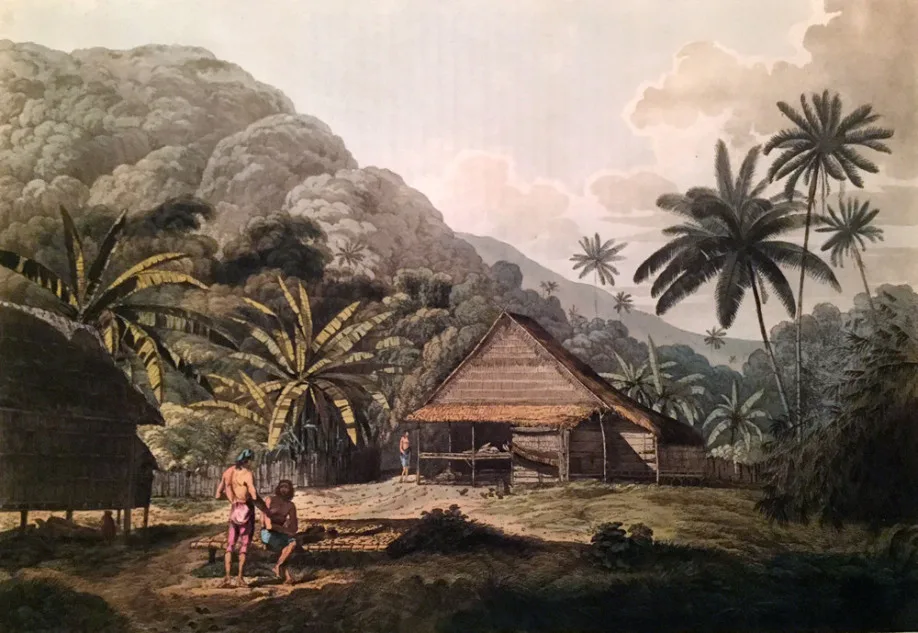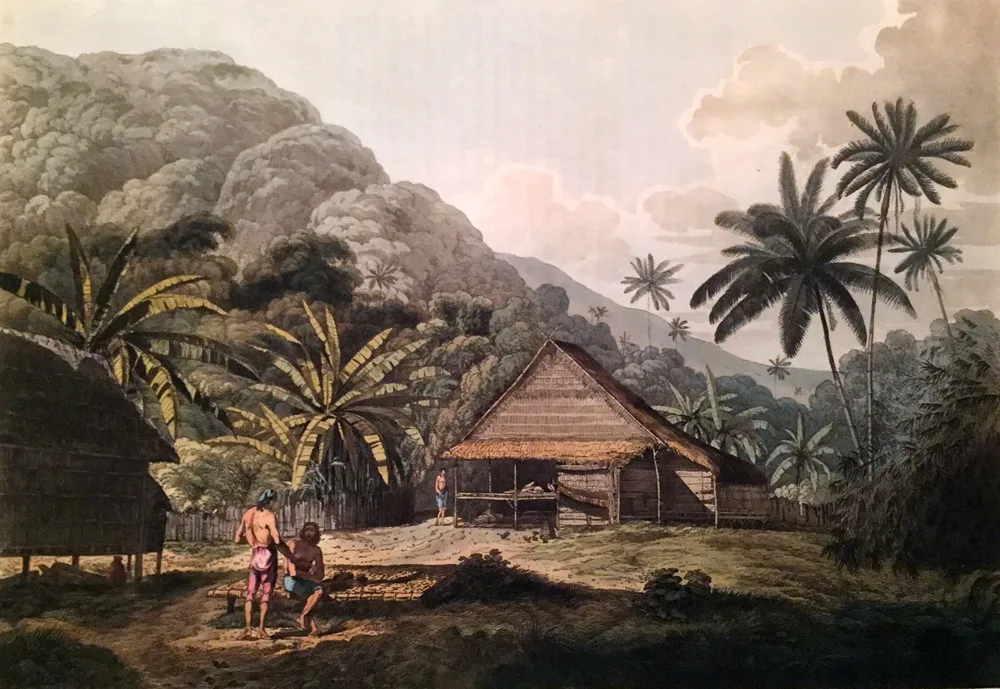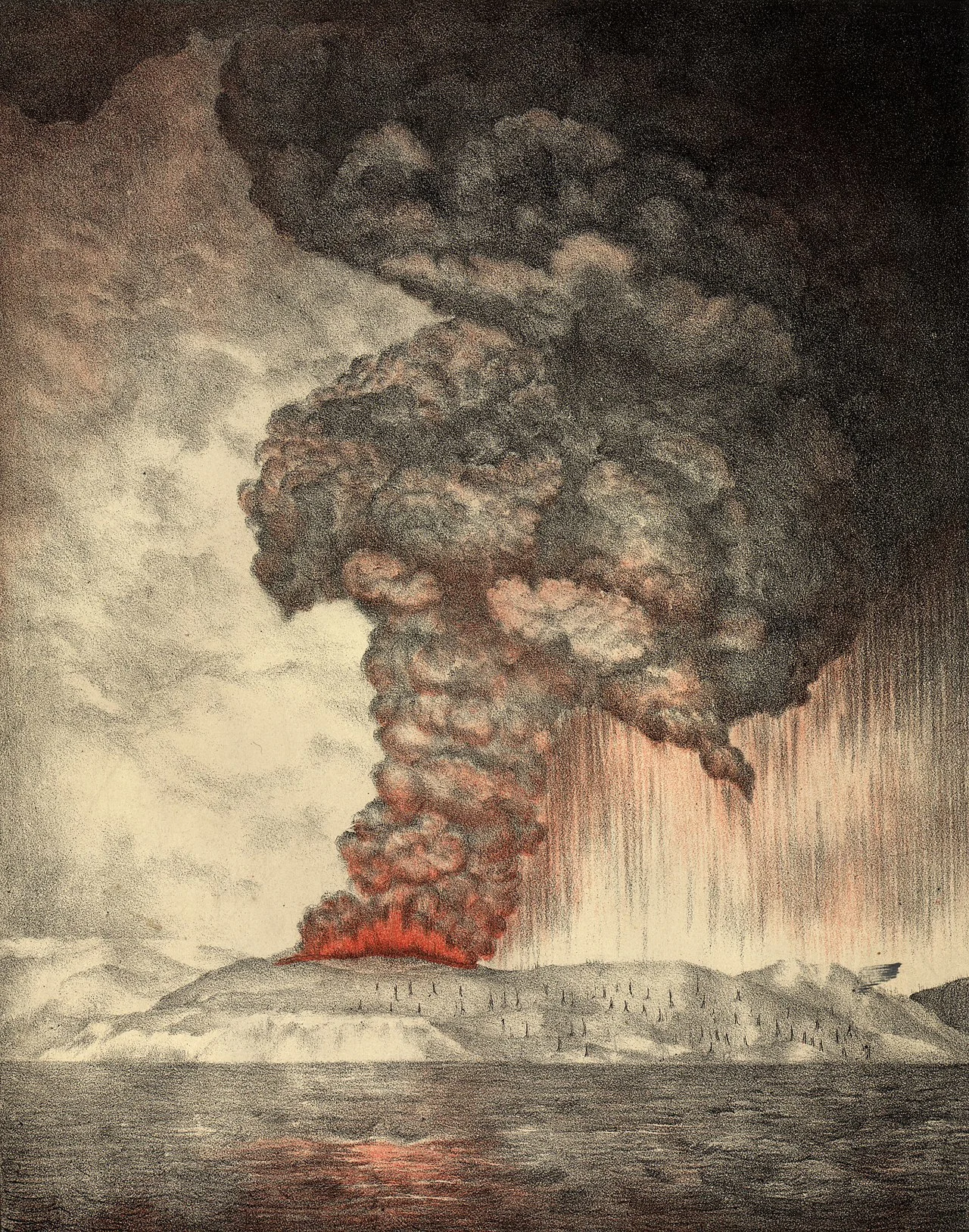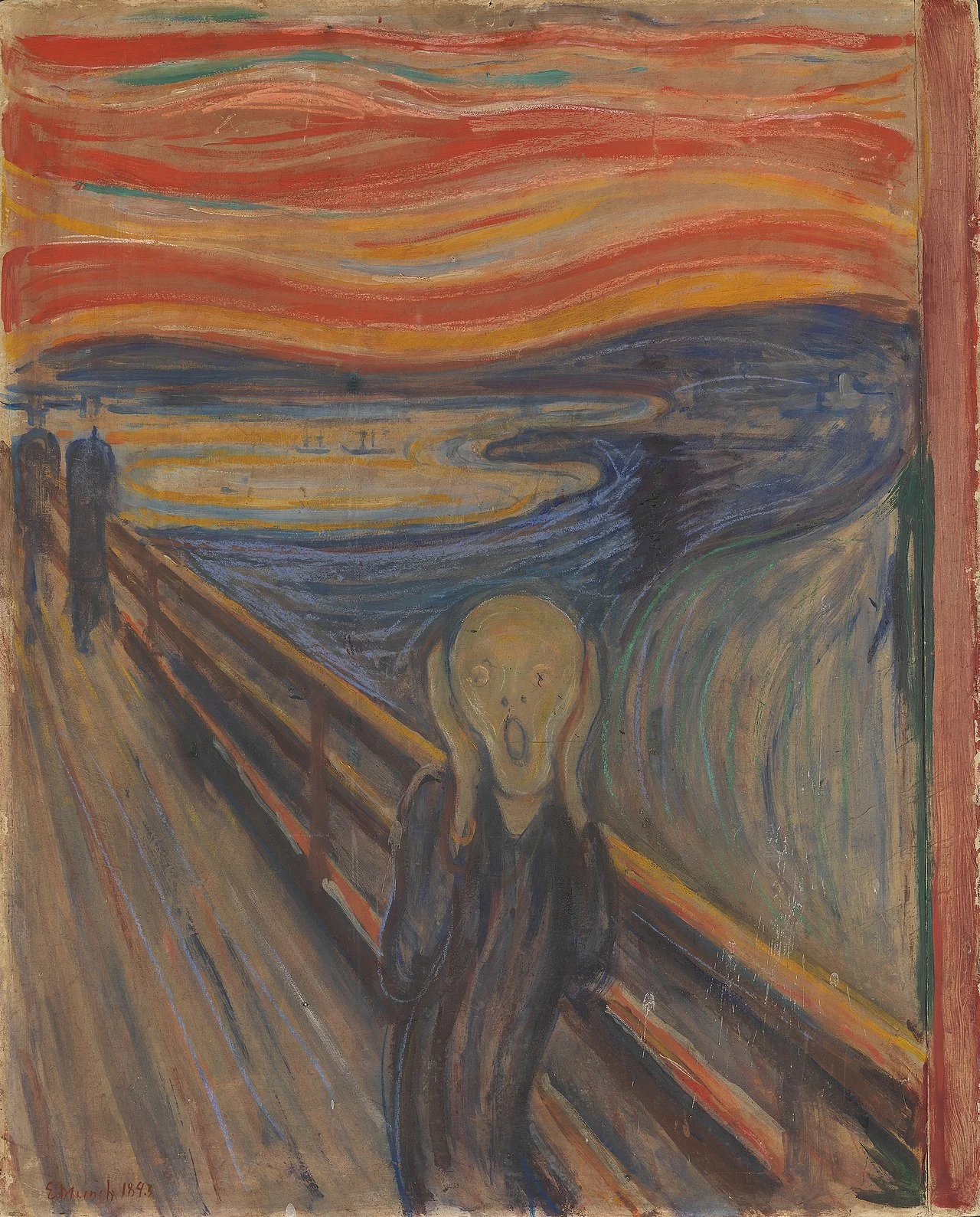
1883 Krakatoa explosion is one of the deadliest recorded volcanic eruptions
On this day in weather history, Krakatoa reached its peak.
This Day In Weather History is a daily podcast by Chris Mei from The Weather Network, featuring stories about people, communities and events and how weather impacted them.
--
On Sunday, May 20, 1883, Krakatoa started to erupt. By Monday, Aug. 27, it reached its peak, destroying more than 70 per cent of the island of Krakatoa.
Krakatoa is located in the Sunda Strait in Lampung, Indonesia. In 1883, when the volcano erupted, it turned into a caldera (a large hollow, cauldron-like hole that forms after a volcano empties its magma). So the caldera is a part of a group of four volcanoes, known as the Krakatoa Archipelago.

In 1780, crew members of HMS Discovery found the island as a friendly place whose vegetation was dense and lush. Courtesy of Wikipedia
The Krakatoa eruption is one of the deadliest in history, killing at least 36,417 people. The explosions were so loud they could be heard from 3,110 kilometres in Perth, Australia.
Before the 1883 eruption, there were warnings. The area felt several earthquakes for many years before the explosion. Starting May 18, 1883, steam started to vent regularly from one of Krakatoa's cones, called Perboewatan. Starting around June 16, the volcano started to emit a thick black cloud that covered the islands for five days.

An 1888 lithograph of the 1883 eruption of Krakatoa. Courtesy of Wikipedia
On June 24, the cloud cleared, unveiling two columns of ash from Krakatoa. Ships in the area reported large pumice masses in the Indian Ocean. In early August, Capt. H. J. G. Ferzenaar, a Dutch topographical engineer, visited the Krakatoa area and noted three ash columns. He also noted a thick layer of ash across the area measuring up to 0.5 m. The volcanic ash destroyed the vegetation, only leaving tree stumps. He recommended that no one else should visit the area.
On Aug. 27, the volcano let out four huge explosions. The first was at 5:30 a.m., and it triggered a tsunami. The volcano exploded again at 6:44 a.m., creating another tsunami. The third explosion was the largest, occurring at 10:02 a.m. And at 10:41 a.m., a landslide triggered the final explosion.
Some believe that Edvard Munch's 1893 painting, The Scream, was inspired by the Krakatoa eruption.

The Scream by Edvard Munch. Courtesy of Wikipedia
To learn more about the 1883 eruption of Krakatoa, listen to today's episode of "This Day In Weather History."
Subscribe to 'This Day in Weather History': Apple Podcasts | Amazon Alexa | Google Assistant | Spotify | Google Podcasts | iHeartRadio | Overcast'









